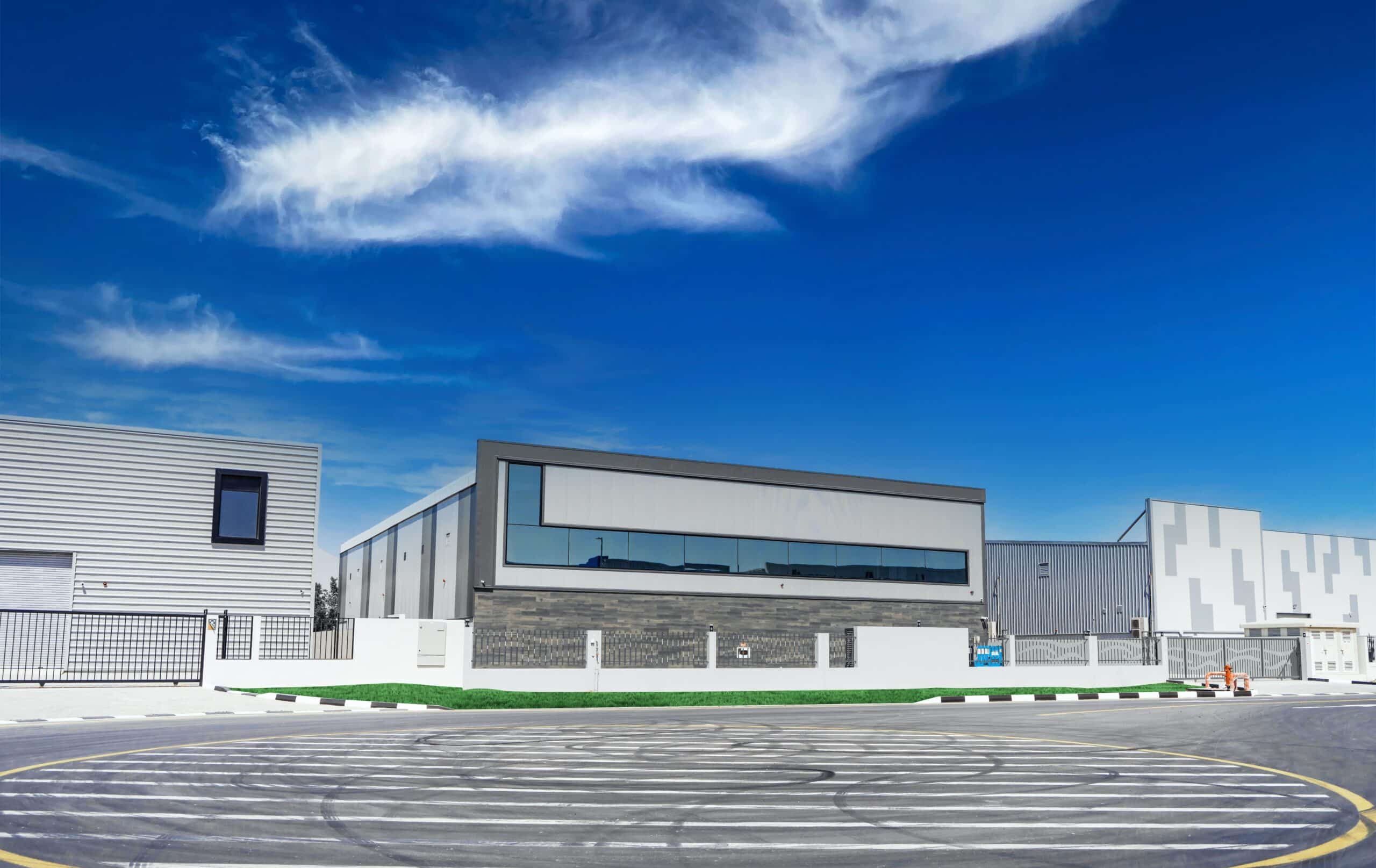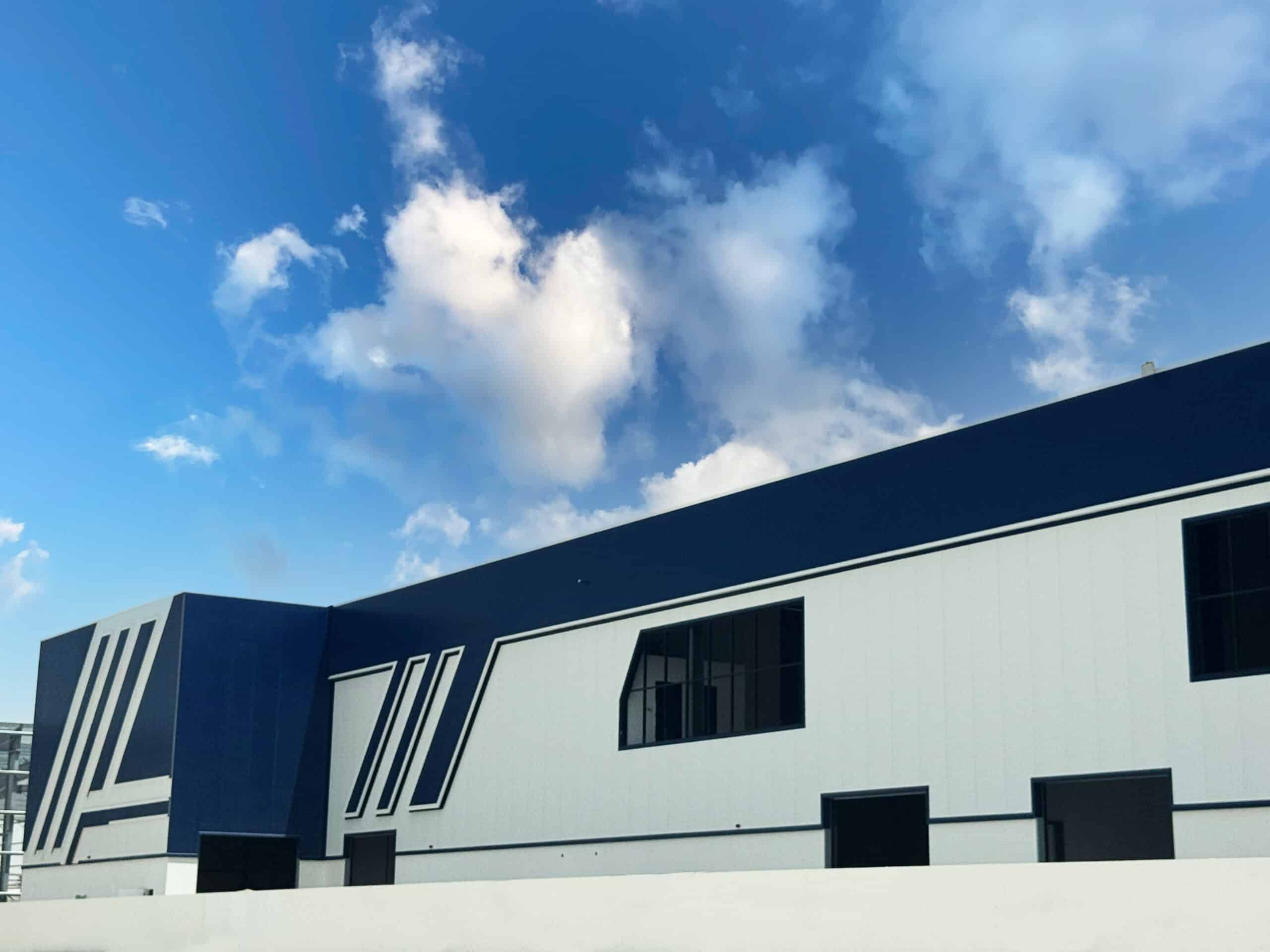Introduction
Sustainable bricks are transforming the construction industry in the UAE, offering an eco-friendly alternative to traditional building materials. With buildings accounting for 37% of global energy-related emissions (UNEP Global Status Report), the need for sustainable solutions has never been greater. The UAE is responding with green energy harvesting, energy-efficient architecture, and innovative materials to build a more resilient future.
From Sustainable City Yas Island to solar-powered skyscrapers, the country is leading the way in green energy innovations. But how do green buildings save energy? Through smart design, sustainable bricks, and renewable energy integration, the UAE is redefining modern construction. This article explores the role of green energy in the UAE and how sustainable materials are shaping its future.
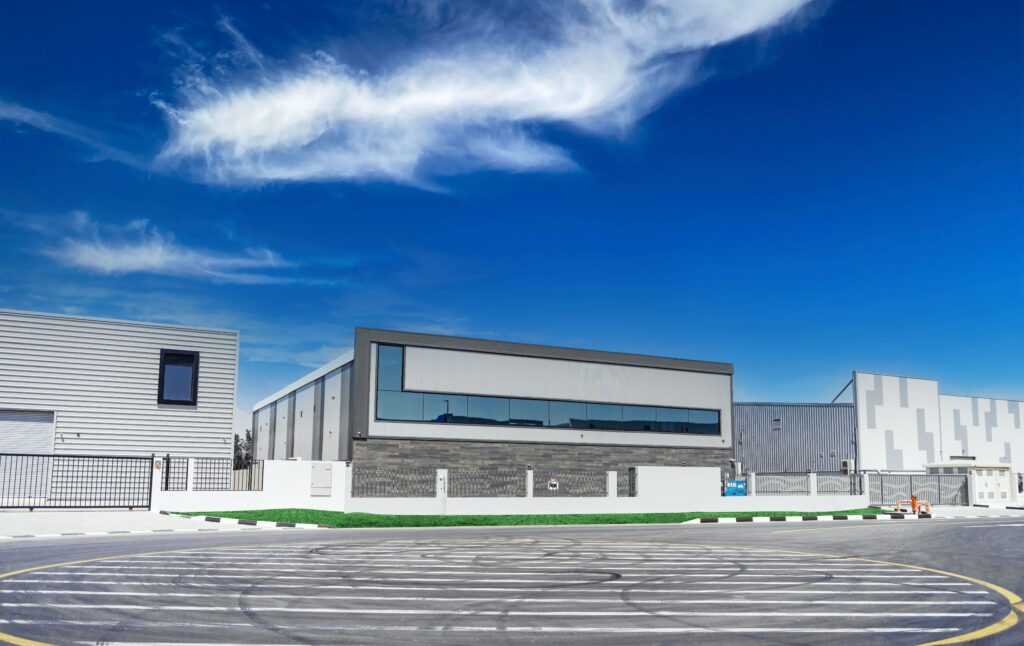
Sustainability in Construction
The UAE’s rapid development has come at a cost—a high carbon footprint and massive energy consumption. However, with sustainability becoming a key focus, the construction sector is undergoing a major transformation.
The Role of Sustainable Materials in Modern Architecture
Traditional building materials, like concrete and steel, are highly energy-intensive to produce and contribute significantly to carbon emissions. In contrast, these bricks offer a greener alternative by using recycled materials, natural clay, and energy-efficient production techniques. They also enhance insulation, reducing the need for excessive air conditioning—an essential factor in the UAE’s scorching climate.
Environmental Benefits
- Lower Carbon Emissions: Unlike traditional bricks, which require high-temperature kilns, these bricks can be made using low-energy or even sun-dried methods.
- 100% Recyclable: These bricks can be reused, reducing construction waste.
- Thermal Efficiency: Their superior insulation properties help regulate indoor temperatures, cutting down on energy use in cooling systems.
Reducing Carbon Footprint in the Construction Industry
With Dubai aiming to reach net-zero emissions by 2050, there is a strong push for sustainable building practices. From solar-powered communities like the Sustainable City Yas Island to energy-efficient skyscrapers, the UAE is actively reducing its carbon footprint by incorporating sustainable bricks and green energy innovations into its infrastructure.
Read our guide: Sustainable construction techniques In the UAE
What Are Sustainable Bricks?
These bricks are not just another eco-friendly trend—they are a necessity for the future of construction, especially in high-temperature regions like the UAE.
Composition and Manufacturing Process
Unlike conventional bricks that are fired in energy-intensive kilns, sustainable bricks use:
- Natural clay and organic binders
- Fly ash, rice husk ash, or other industrial by-products
- Compressed Earth Block (CEB) technology, where bricks are compressed instead of burned
- Aerated concrete, which uses minimal resources while enhancing insulation
Differences Between Traditional and Sustainable Bricks
| Feature | Traditional Bricks | Sustainable Bricks |
| Production Energy | High (kiln-fired) | Low (compressed, sun-dried, or recycled materials) |
| Carbon Emissions | High | Low |
| Recyclability | Limited | 100% Recyclable |
| Thermal Efficiency | Moderate | High |
| Cost Over Time | High due to energy use | Lower due to energy savings |
Recyclability and Long-Term Environmental Impact
One of the biggest advantages of sustainable bricks is their reusability. They can be repurposed for landscaping, crushed for road construction, or reinstalled in new buildings, reducing construction waste and promoting circular economy practices in Dubai’s construction sector.
Green Energy Harvesting
Sustainability isn’t just about materials—it’s also about how we power our buildings. The UAE is pioneering green energy harvesting techniques to reduce reliance on fossil fuels.
Energy-Efficient Construction Materials
Buildings designed with green energy in the UAE are increasingly using:
- Solar-absorbing facades
- Photovoltaic glass
- Thermal mass structures and structural blockworks that store heat during the day and release it at night
Integrating Renewable Energy in Buildings
The UAE is investing in solar, wind, and geothermal energy for buildings. Green energy harvesting systems are integrated into:
- Rooftop solar panels (as seen in the Sustainable City Yas Island)
- Solar water heaters
- Wind-powered ventilation systems
Passive Design Strategies for Energy Conservation
Instead of relying solely on technology, green buildings in the UAE are designed to save energy through:
- Smart orientation (positioning buildings to reduce heat exposure)
- Shaded walkways and ventilation corridors
- Reflective cool roofs and green roofs
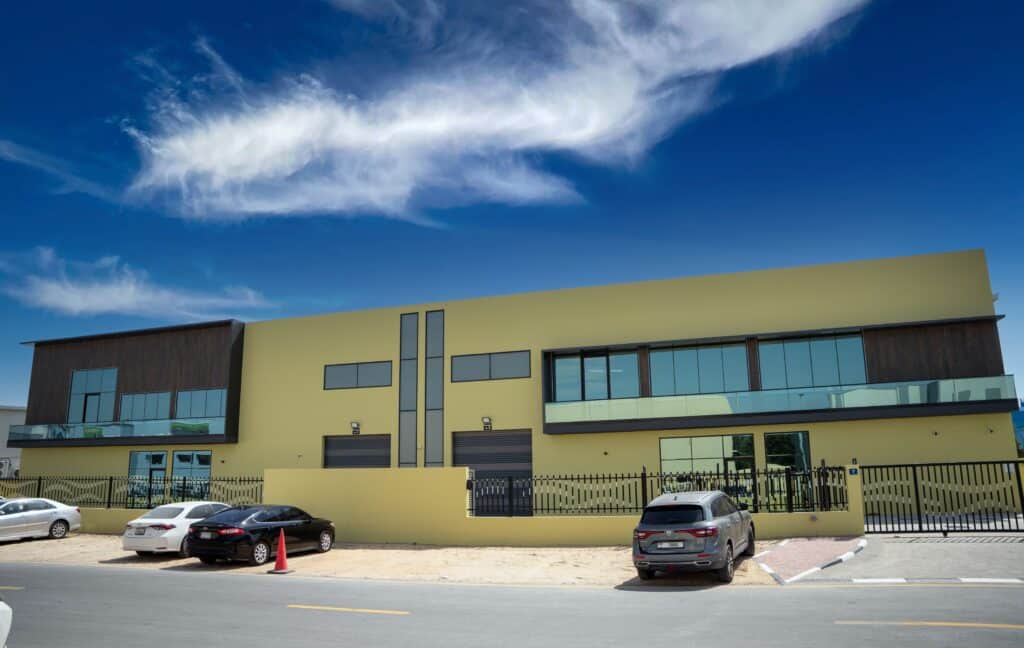
How Do Green Buildings Save Energy?
The UAE has some of the highest cooling demands in the world, making energy-efficient construction a necessity.
Passive Cooling and Heating Systems
- Shading and thermal mass to prevent excessive indoor heat
- Natural ventilation using wind towers and operable windows
- Smart glass that reduces solar gain while allowing natural light
Smart Energy Management in Green Buildings
Green buildings incorporate AI-powered energy monitoring to track consumption in real-time and optimize efficiency. The UAE is leading in:
- Smart HVAC systems that adjust cooling based on occupancy
- Automated lighting that dims or turns off when not needed
- AI-controlled irrigation for green spaces
The Role of Green and Cool Roofs in Energy Efficiency
- Cool Roofs: Reflect sunlight, keeping buildings cooler.
- Green Roofs: Use plants to provide insulation and natural cooling.
- Solar System Integration: Generate renewable energy while reducing cooling costs.
Sustainable Construction Practices in the UAE
The UAE is not just adopting sustainability—it is leading the way.
Government Policies and Green Building Standards
- Dubai Green Building Regulations mandate energy-efficient materials like sustainable bricks.
- Estidama Pearl Rating System promotes eco-friendly construction.
Notable Green Building Projects in the UAE
- Sustainable City Yas Island: The first net-zero community in Abu Dhabi.
- Masdar City: A pioneering low-carbon city with solar-powered buildings.
- DEWA Innovation Centre: A hub for green energy research.
Read our guide: What is a smart city?
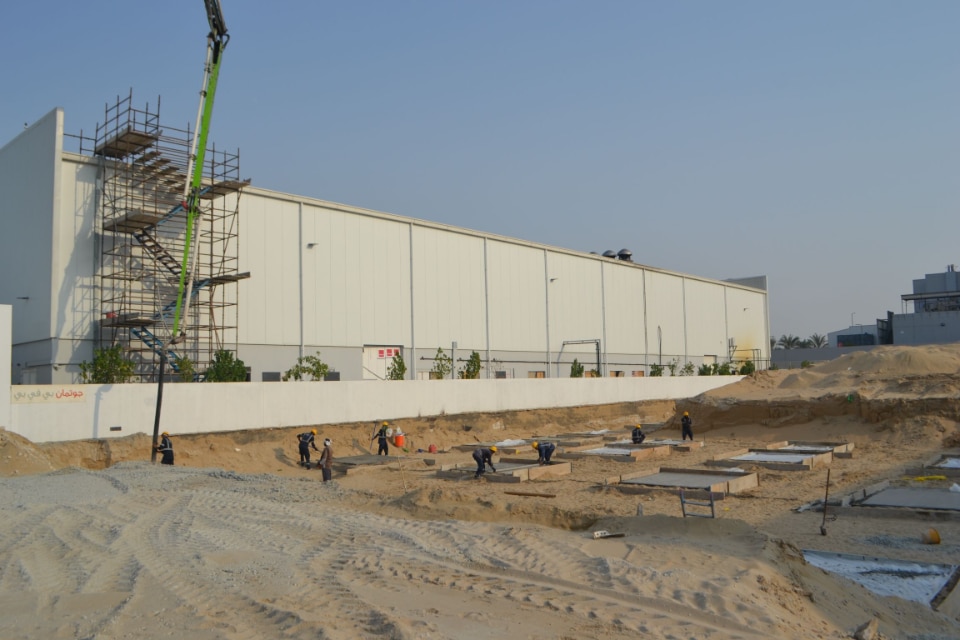
Enhancing Sustainable Construction
Beyond sustainable bricks and green energy harvesting, sustainable construction also depends on precision engineering and durable structural solutions. Companies like Modern Steel House play a crucial role in this transition through their Architectural Engineering solutions, which focus on efficient space utilization, structural analysis, and 3D modeling. These advanced design techniques ensure that buildings are optimized for energy efficiency, reducing material waste and enhancing sustainability.
Green Energy Innovations in the UAE
Dubai and Abu Dhabi are pushing the boundaries of sustainable development with cutting-edge green energy innovations.
Solar and Renewable Energy in Construction
- The Mohammed bin Rashid Al Maktoum Solar Park is the largest in the region.
- Floating solar panels are being tested for coastal cities.
Advances in Energy-Efficient Building Materials
- Self-cooling concrete reduces heat absorption.
- Phase Change Materials (PCMs) store energy for temperature control.
The Push for Net Zero and Net Positive Energy Buildings
The UAE aims for:
- Net-zero buildings that produce as much energy as they consume.
- Net-positive buildings that generate more energy than they use.
Final Thoughts
The UAE is leading the way in sustainable construction, integrating sustainable bricks, green energy harvesting, and innovative building materials into its rapidly growing urban landscape. With buildings contributing 30% of global energy consumption, the need for energy-efficient architecture has never been more urgent.
By adopting green energy innovations such as solar-powered developments, passive cooling techniques, and net-zero building designs, cities like Dubai and Abu Dhabi are proving that sustainability and modernization can go hand in hand. How do green buildings save energy? Through smart orientation, recyclable materials, and advanced energy management systems, buildings in the UAE are reducing their environmental impact while promoting long-term efficiency.
Beyond materials, precision engineering and fabrication also contribute to sustainable construction by enhancing structural efficiency and durability. Innovative building solutions in the UAE are helping reduce waste and improve energy performance, ensuring that developments remain resilient and environmentally responsible.
From Sustainable City Yas Island to Masdar City, the UAE is setting global benchmarks for eco-friendly urban planning. As green technology continues to evolve, the nation’s commitment to green energy in the UAE will play a crucial role in shaping a cleaner, more resilient future.
